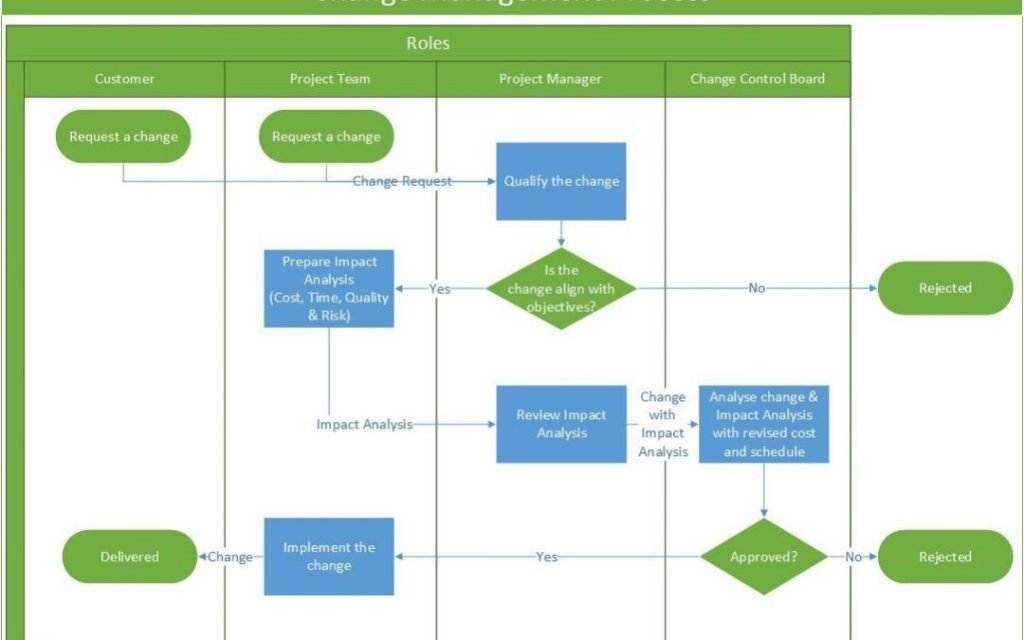Dealing with Integrated Change Control – Part 2

How to handle situations at ground and questions in PMP® Exam related to integrated change control process.
Part – 2
The Integrated Change Control Process
Every project has its unique change management process to perform integrated change control but all such processes must have some fundamental and mandatory ingredients. A typical change management process looks like in the figure below
Step1: A change request can be initiated by client, any team member or any of the stakeholders on the project. As project manager, you ensure that a formal change request is created.
Step 2: The first step for the project manager after creating a formal change request is to qualify the change to check if the change is a value add to the final product. Question arise, how do we check it? Here is a very simple test. Is the change in line with charter? If yes, it is a value-add change otherwise it is a nuisance and we should say no to it explaining the reason for the same. It is important to explain and convince the requester that the change is not in line with charter. If the change is in line with charter, we should welcome it as it will make the final product more meaningful to the customer and end user.
Step 3: Prepare an impact analysis. Analyze the impact of the change on scope, time, cost, quality, risk or any other aspect of the project. Document it and prepare an Impact analysis report with revised project timeline and cost.
Step 4: Submit this report to Change Control Board (CCB). Again the question arise, who is change control board? It a panel of stakeholders who can weigh benefits against impact and take decision in the favor of project’s objectives. We can have senior manager, project manager, management at customer side, client project manager, project team member etc. on CCB. For example, marketing head, R&D head & production head may form CCB for an in-house product development. Project manager and subject matter experts from vendor and customer sides can be on CCB for a typical project. It can be a single person also like customer, R&D Head etc. What we need to ensure is that the person or the CCB panel must have knowledge, skills and experience (Expert Judgment) to weigh benefits against the impact.
Step 5: Now it is on change control board to weigh benefits of the change against impact of the change. If benefits surpass impact of the change, he/she/they should approve the change otherwise reject it.
Step 6: Once change approved. No second thought any more, just go ahead and implement it.
We should remember a good change management process and performing integrated change control with discipline, will not only make final product more meaningful to customer and end user achieving high satisfaction but also help earning more revenue. A badly implemented change management process will do exactly opposite i.e. will lower the stakeholder satisfaction and lose the opportunities for additional revenue.
Other parts of Dealing with Integrated Change Control
- Part – 1: Basic Principles
- Part – 2: The Integrated Change Control Process (This post)
- Part – 3: How to deal with change management
- Part – 4: How to handle questions related to change management in PMP® Exam
PMI, PMBOK and PMP are registered mark of Project Management Institute Inc.